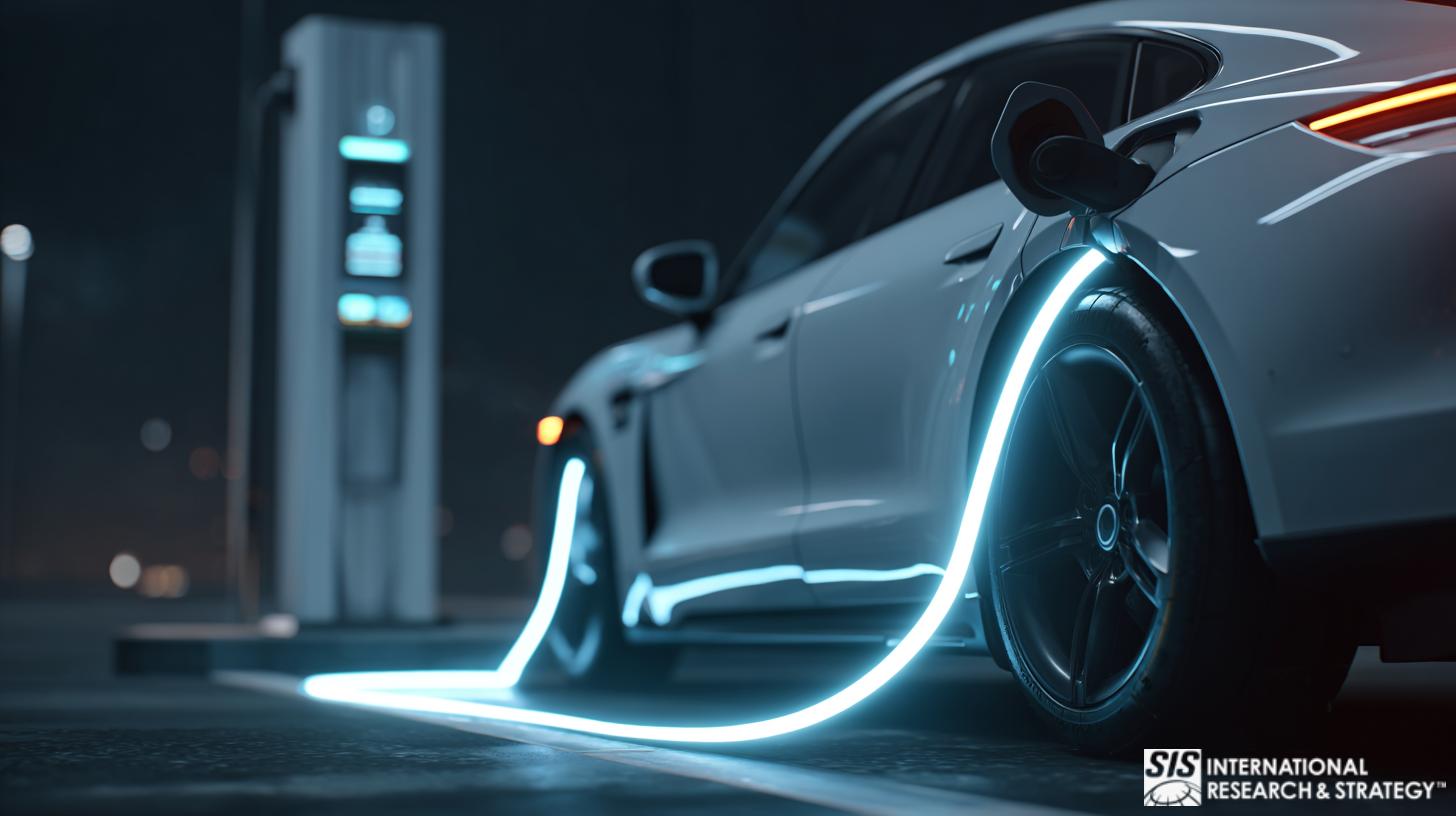
ハイブリッド車と電気自動車(EV)には重要な違いがあります。
Hybrid vehicles, such as the Toyota Prius line, are powered by both an electric engine and an Internal Combustion Engine (ICE), which is the traditional engine fueled by petrol or Diesel. Electric Vehicles (EVs), by definition, are powered by an electric engine only. A large number of battery cells deck the floor of an EV. The recharging of the battery is simply done by an electric plug, usually at the user’s home.
機会と課題
Most automotive manufacturers have completed their model line-up with Hybrids. However, only a few propose exclusively electric cars. The leader in terms of sales for the Current Year 2013 in the US EV segment is the Chevrolet Volt and the Nissan Leaf. Then comes the premium brand Tesla with its newly launched Model S. The volumes in the Hybrid segment are very different. The industry leader is considered Toyota, and its Prius line. The followers are Ford, with its Fusion Hybrid and C-Max Hybrid, and Hyundai Sonata.
The reasons behind the leadership in these segments are diverse and require a thorough industry analysis. However, one can easily assume that first-mover advantage plays a significant role in terms of branding, economies of scales and technology advantage. In fact, Toyota was the first to launch hybrid versions and is still on top of that market. In the same way, Nissan and Chevrolet were pioneers in the mass market EV in 2009/10 and still hold a leadership position.
競争のレベルと自動車メーカーによる幅広い差別化の試みにより、販売量、より正確には市場およびセグメントのシェアが、この業界での成功の重要な尺度となります。
電気自動車規制
Regulation on C02 emission and gas consumption is a main reason that pushes manufacturers to develop and market low or zero emission vehicles. In a global industry, an increasing number of countries have adopted tax incentive schemes that favor the sales of hybrid and EV over traditional more fuel-consuming cars. For instance, France has Bonus/Malus scheme, where a cash amount is offered to the buyers of hybrid and EV vehicles. The same applies to Holland.
米国は最近、同様の自動車税制を導入しましたが、規制環境はそれほど厳しくありません。この市場動向と、ブランドをめぐる「ハロー効果」の可能性により、すべてのメーカーがハイブリッドまたはEVモデルを提案するようになっています。したがって、メーカーがどのようなモデルラインナップ戦略を採用したいのかが、より大きな問題となります。
顧客インサイト
Customers of hybrids and EVs are for most part environmentally conscious above 50 year old upper income class individuals. Thus, while it makes sense to offer a hybrid or EV family sedan or compact car for urban environment, this product strategy does not find rational for full size heavy duty trucks. Likewise, Ford offers hybrid and EV for the Fusion and the Focus respectively, but remains on ICE for its flagship F-150.
EVs and Hybrids are priced at a premium over similar ICE models with same equipment level. Manufacturers have performed extensive price vs. value analyses in order to find out what the premium would be that the customers are willing to pay to drive a low emission car.
EVとハイブリッドの販売台数がまだ少ないため、業界全体への影響は明らかではありません。しかし、セグメントレベルでは、EVとハイブリッドの価格戦略は、非プレミアムICEセグメントに対する差別化戦略と見ることができます。言い換えれば、日産やトヨタなどの非プレミアムブランドは、ハイブリッド車や電気自動車をミニ、BMW、アウディと同じ価格レベルで設定できる可能性があります。日産とトヨタが長年にわたって蓄積してきた規模により、ハイブリッド車やEVを生産するための限界費用は大幅に減少し、ハイブリッドおよび電気事業の限界収益が向上しています。



